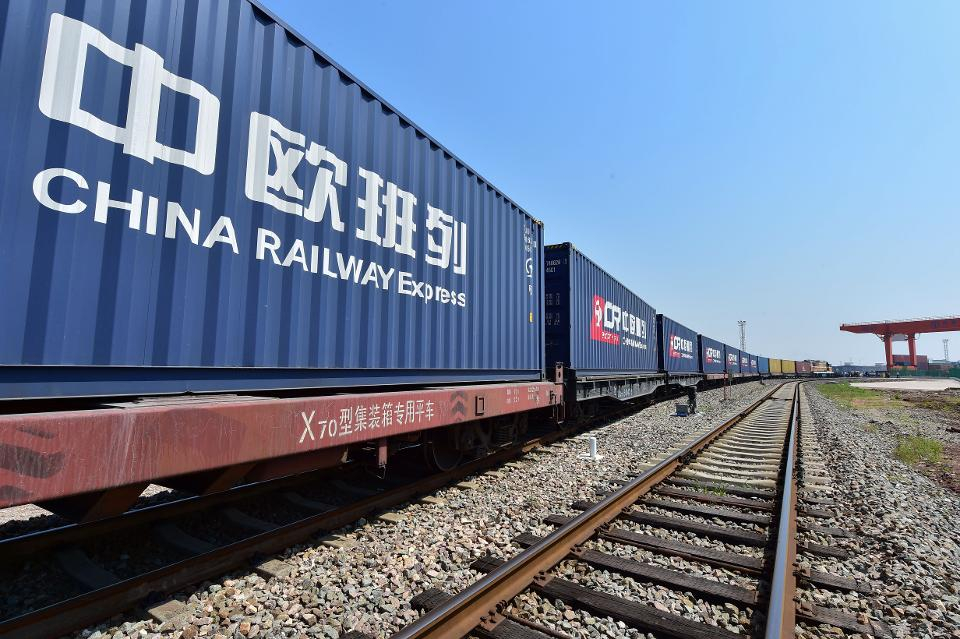
Business
17:31, 07-Jun-2018
A quick guide to SCO’s interconnectivity
CGTN


As Simon Kuznets pointed out, sustained socioeconomic development depends on the effective operation of every country's transport system and its interconnection with neighboring countries.
In this regard, the Shanghai Cooperation Organization (SCO) member states have been working to create a multilateral transport system. The Agreement on International Road Transportation Facilitation, which was signed in Dushanbe of Tajikistan on Sept. 12, 2014, is a breakthrough in the spheres of economy and transport.
The Agreement, which came into force on Jan. 20, 2017, opens more than 15,000 kilometers of the Asian Highway routes for transport operation and services, with the longest route stretching more than 9,000 km from Saint Petersburg, Russia, to Lianyungang, China. The Agreement will also develop landlocked Central Asia’s access to sea by road through China and Russia.
Within the framework of the Agreement, six new international road transport routes across the territory of all six then-SCO member countries are planned from 2017 to 2020 as follows.

Main provisions and goal of the Agreement
This agreement aims at creating favorable conditions for cross-border road transport between SCO member states by simplifying procedures, documentation and requirements for international road transportation.
Under the agreement, carriers are granted the right to carry out cross-border road deliveries on the territory of all parties to the agreement with a valid single standard permit issued by the authority of a state party.
Carriers are also exempt from the fees and charges related to the possession or use of vehicles, as well as to the use or maintenance of roads of another state party to the agreement.
This agreement has laid a legal framework for carriers and established a unified foundation for international road transport operations along routes from Eastern Europe to the eastern coast of China.
“The agreement has opened new prospects for the construction and modernization of international motorways, facilitating the expansion of the whole range of trade and economic ties, increasing trade, attracting investment and putting in place a modern and diversified system of transport routes in the SCO space,” said SCO Secretary-General Rashid Alimov.
Other interconnection routes

The first freight train linking China directly to the UK arrived in the eastern Chinese city of Yiwu on April 29, 2017. /AFP Photo
The first freight train linking China directly to the UK arrived in the eastern Chinese city of Yiwu on April 29, 2017. /AFP Photo
Routes of the Asian Highway (AH) network, such as AH4, AH5 and AH7, European route E40 and the New Eurasian Land Bridge are also part of the interconnectivity between the SCO members.
The Asian Highway network is a regional transport cooperation initiative in a bid to enhance the efficiency and development of the road infrastructure in Asia, supporting the development of Euro-Asia transport linkages and improving connectivity for landlocked countries.
The New Eurasian Land Bridge (NELB), also called the Second Eurasian Continental Bridge, is an international passageway linking the Pacific and the Atlantic, consisting of a series of rails running about 10,800 kilometers from China's coastal cities of Lianyungang and Rizhao to Holland's Rotterdam and Belgium's Antwerp.
The NELB is distinct from the Siberian Landbridge which goes from Russia's eastern port of Vladivostok through Siberia to Moscow and onward to West European countries.

SITEMAP
Copyright © 2018 CGTN. Beijing ICP prepared NO.16065310-3
Copyright © 2018 CGTN. Beijing ICP prepared NO.16065310-3